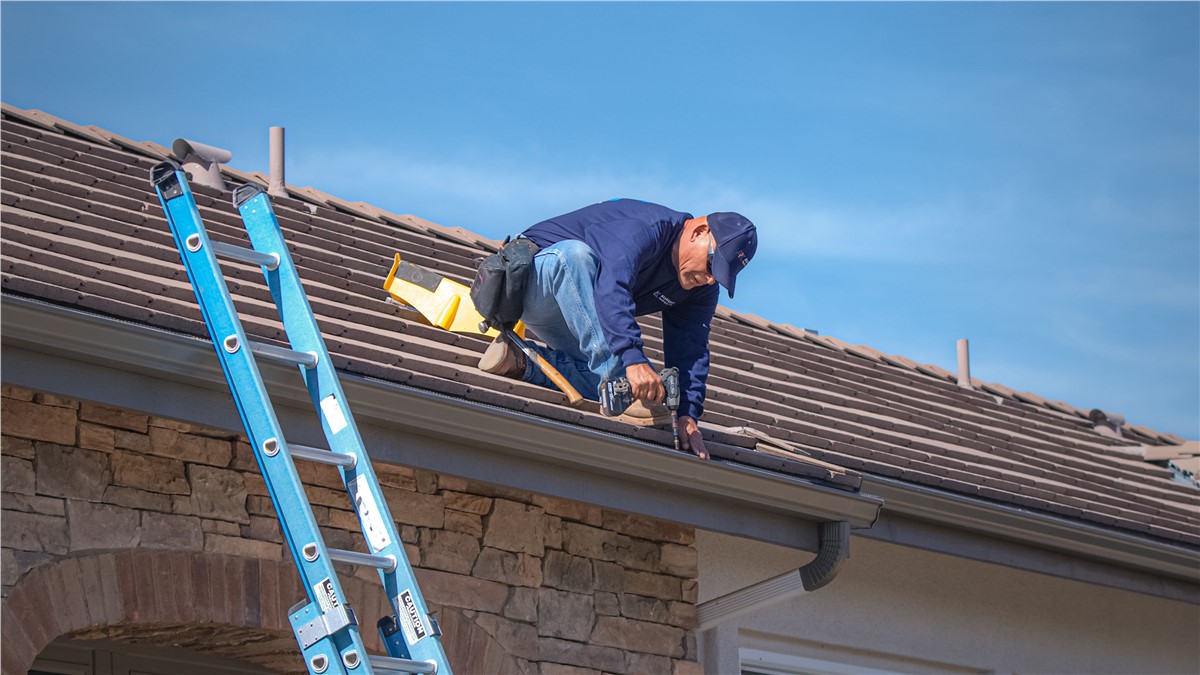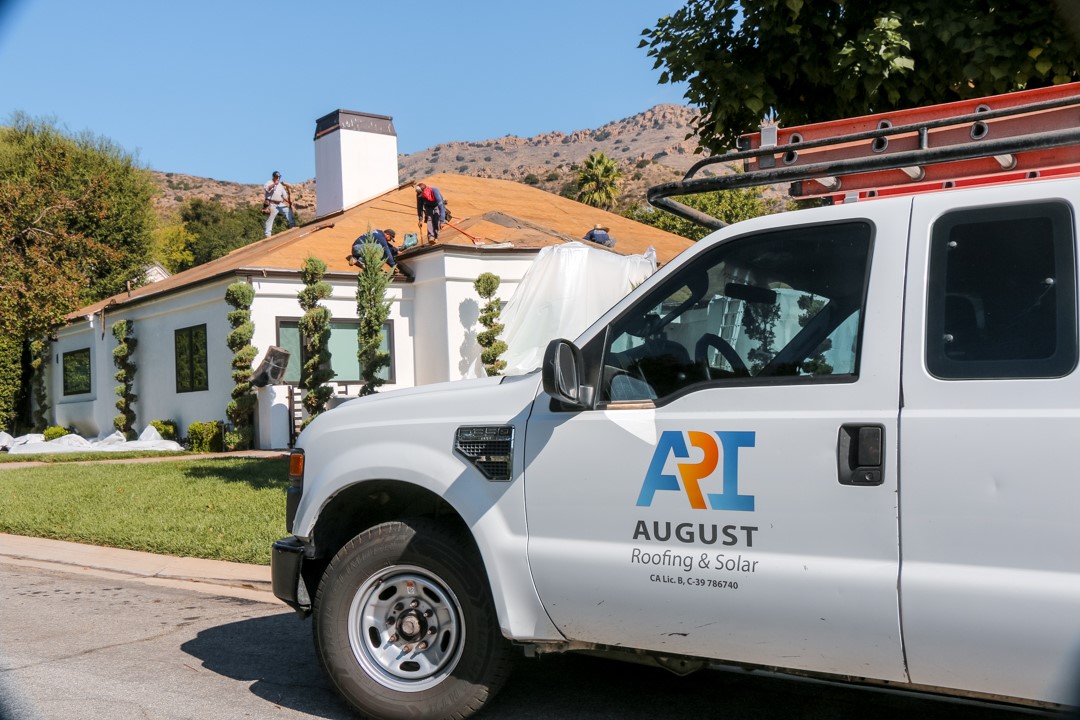The sun is a free and renewable resource that can be used to generate electricity for your home. Solar panels can be installed on your roof and will generate electricity during the daytime. The electricity generated by solar panels can be used to power your home and appliances. Solar panels can also reduce your monthly electric bill and can also add value to your home while helping you become more environmentally friendly. If you're considering installing solar on your roof, it's important to do your research and make sure it's the right choice for you.
Is your roof well situated for solar panels?
When you have solar panels, they need to face south at an angle between 15 and 45 degrees. If your roof doesn't face directly south, then you can use a compass to figure out which direction is the next best option for you. The panels should also be at least 6 inches away from any object that could block the sun, but you might need to get a few feet away from your house if there's a tree growing close by. Make sure the panels are facing directly south and tilted at a slight angle.
Solar panels need to be cleaned regularly to work efficiently. If you have a lot of trees or leaves on your property, consider having them trimmed back so your solar panels can collect more sunlight. Check your solar panels regularly for any damage to the wiring and cracks in the glass. If you find any damage, call a professional to fix it before the problem becomes worse.
If you're considering solar panels for your home, it's important to know how much sun your roof gets. To understand how much energy you could potentially harvest from the sun, you need to know how many hours of sun you get in your area. For example, if you live in Seattle, Washington, you get an average of 5.5 hours of sun per day. In Simi Valley and Santa Barbara, where August Roofing and Solar is headquartered, there are on average 277 sunny days per year, as compared to 205 sunny days across the United States. Solar panels are a great way to save money on your energy bill, and they help reduce pollution. If you live in an area that gets a lot of sun, solar panels are definitely worth considering.
Your roof must be in good condition, with no leaks or damage that could interfere with the installation and performance of the solar panels. You can get an inspection from a contractor like August Roofing and Solar to make sure that your roof is in good shape so that you can enjoy the benefits of solar energy as soon as possible.
How much energy do you use?
Before you can calculate how much energy you are producing and saving, you need to know how much energy you are using. This way, you will be able to accurately compare the two numbers. When it comes to measuring your usage, an electrical bill is a perfect place to start. You can then compare the energy you are using to the energy you are producing.
Generally, heating and cooling consume the most electricity in a home. From air conditioning and heating to electric appliances with heating elements or cooling systems, these are usually the biggest energy hogs in a typical home. There are more energy-efficient options for these that use considerably less energy if you are in the market. Ductless mini-split systems tend to be much more energy efficient with a higher SEER rating than traditional HVAC central air systems and can be easily activated by zone or area only when needed. A hybrid electric hot water heater can consume up to 90% less electricity than a traditional electric hot water heater. And an induction cooktop is often considered one of the most efficient cooking technologies with up to 90% of the energy consumed transferred to the food, compared to about 74% for traditional electric systems and 40% for gas. Even LED lighting can save a substantial amount of energy in a home, with a 100-watt equivalent light drawing just over 15 watts. Understanding how much energy you use and what changes you are willing to make is an important part of determining the proper size of a solar energy system for your home.
Understanding how much energy you use and how much energy you can produce from a solar energy system on your roof can help you make a better decision on what type and size of system you need. When you are comparing solar panels, you should try to get an average usage for your home and compare it with the amount of energy the solar panels can produce.
How much life is remaining on your current roof?
If you’re considering solar on your roof, you may want to consider replacing your roof at the same time. There are many benefits to doing both of these at the same time. If you know how much life is left on your current roof you can make a better decision about replacing your roof when you add solar panels.
After 20 years or so, roofs can start to show signs of wear and tear. Cracks will begin to appear along the shingles and seams. Roofing repair costs can vary depending on the severity of the damage, so it’s best to have a professional assess your roof and make repairs before any serious damage occurs. Also, check on the structural integrity of your existing roof. Weather, exposure, and nature can affect the underlying structure of your roof. Adding the weight and mounting of solar panels on a roof that is not structurally secure could be a disaster.
If you are planning to add solar panels to your roof, it may be a good time to consider replacing your roof. When you install solar panels, you penetrate the roof, so extra care must be given to ensure you don't create leaks or other problems with your roof. You may be able to get a contractor like August Roofing and Solar to replace your roof and add solar panels at a value that helps you start saving money right away. And, if you don't replace your roof when you install your solar panels, then a roof replacement down the road will be more complicated and costly by the added expense of removing the solar panels, installing the new roof, and then re-installing the solar panels.
With the average lifespan of a roof at 20-25 years and solar panels that can last up to 30 years, replacing your worn roof at the same time you install solar panels can be a wise investment both now and in the future. Ultimately, the best option for your home will depend on a number of factors including budget, energy needs, and aesthetic preferences.
Cost of Solar Panels On Your Roof
As the cost of solar systems continues to drop, solar roofs are becoming increasingly popular. In 2022, the national average price of a solar roof system is around $50,000, including materials and labor. This is a significant investment, but it can save you money on your energy bills in the long run. There is also a federal solar tax credit of 26% in 2022, reduced to 22% in 2023. And, there may be state and local solar tax credits, as well.
The cost of installing solar panels varies greatly depending on the size and type of system that is purchased. In general, a solar panel system will pay for itself in electricity savings within 8-12 years. This varies widely depending on the price of electricity in your area and how much electricity is produced by your system. This is why you should talk with a roofing and solar expert consultant like August Roofing and Solar in Simi Valley, Santa Barbara, Santa Clarita, and the surrounding Southern California areas.
So, Is It Worth It?
With the cost of solar energy equipment coming down and the price of electricity from your utility company going up, now may be a great time to put solar panels on your roof. You can reduce your environmental footprint, feed electricity back into the grid, have a backup in case of a power outage, save money, and enjoy the aesthetics of a new roof, as well. Ask us about our SolaRoof program, and let us help you with solar energy and a new roof.
Tags
Subscribe to August Roofing & Solar's Blog







Comments